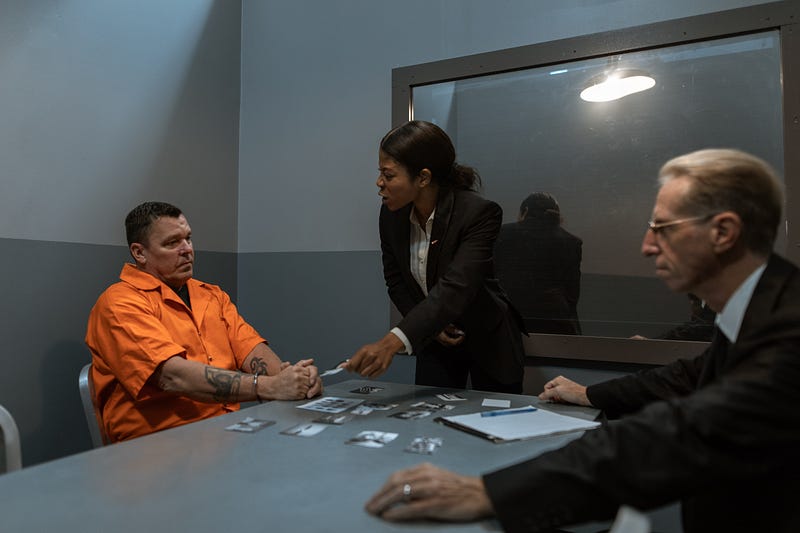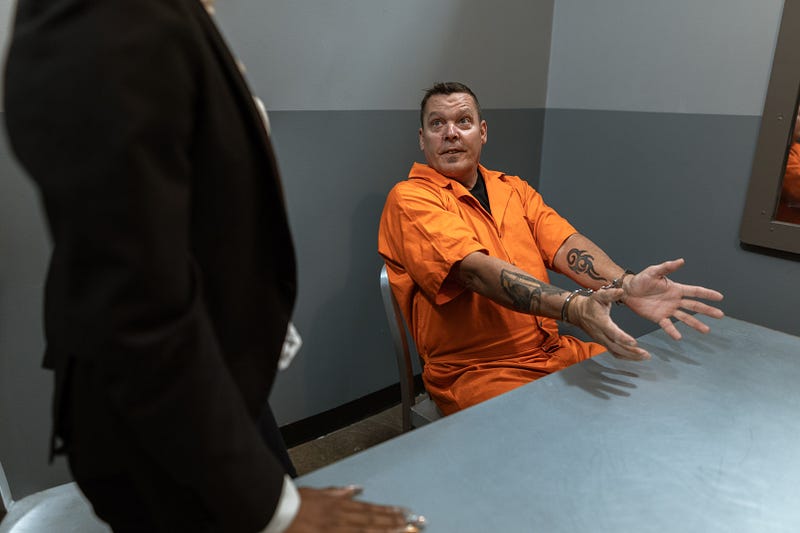Understanding How Illicit Networks Manage Investigative Interviews
Written on
Chapter 1: Overview of the Study
This research investigates the ways individuals involved in illegal networks handle questioning from investigators. The study, conducted by David A. Neequaye, Pär Anders Granhag, and Timothy J. Luke, involved 22 groups simulating participation in an illicit organization, preparing for potential interviews related to a business suspected of criminal activity.

The participants, grouped into teams of up to six, developed strategies for interviews that could determine the legitimacy of their fictitious business. The findings revealed that participants were more inclined to share information that they believed would yield favorable results, influenced significantly by the dynamics within their specific group.
Section 1.1: Methodology
The research was conducted through online Zoom sessions, where participants took on roles within an illegal network. Each group, already acquainted, engaged in discussions to prepare for interviews. A minimum of three participants was required to observe group dynamics effectively, with the upper limit set at six to maximize contributions.
The study initially recruited 145 individuals, but after excluding those who failed memory checks, 131 participants were organized into 22 networks. Each participant made 48 decisions, leading to a total of roughly 6,288 observations.
Subsection 1.1.1: Planning Phase
During the planning phase, participants met via Zoom and were guided by an experimenter. They assumed roles within an illegal sports betting organization disguised as tanning salons, exploring ways to convince investigators of their business's legitimacy. The teams developed names and slogans for their fictitious salons, all while being informed of the possible ramifications of their disclosures.
Section 1.2: Interview Phase
Following the planning, participants received a Qualtrics link to conduct individual interviews. Here, they rated their group affiliation and were reminded of the impact their disclosures would have on their group’s compensation. The design encouraged participants to share some information while remaining cautious, as silence could provoke suspicion.
Chapter 2: Insights from the Research
During the interview phase, participants engaged in video interviews with an actor portraying an investigator. The interviews were structured to allow participants to decide what to disclose regarding their roles.
The first video features journalist Mariana van Zeller discussing her experiences interviewing members of dangerous criminal networks, providing valuable insights into the dynamics at play during such interactions.
The second video showcases a thrilling exploration of the dark web, highlighting the risks and regrets involved in such activities.
In each interview, participants were provided with potential information items related to the discussed topics, with clear instructions about their ability to disclose or remain silent. The decisions made had direct implications on the group's overall outcome, further emphasizing the significance of group dynamics.
Results
The findings indicated that participants felt a strong sense of belonging to their groups, which did not significantly impact their decision-making regarding what information to disclose. The research revealed varying levels of information shared across different topics, with the least disclosed being guarded items and the most being unguarded items.
The study employed mixed-effects logistic regression models to analyze the data, revealing that participants were primarily influenced by the perceived benefits of disclosing information, while the interplay between risk and benefit proved less significant.
Conclusion
The results suggest that individuals in illicit networks are more likely to disclose information they believe will bring positive outcomes for their group. This research highlights the importance of group dynamics in shaping decision-making processes concerning information disclosure.
The researchers note that investigators should be aware of this tendency, as interviewees are more likely to share information when they believe it serves their network's interests. However, the study acknowledges limitations, including the artificial nature of the research setup compared to real-life investigative interviews, where individuals must generate information spontaneously.
